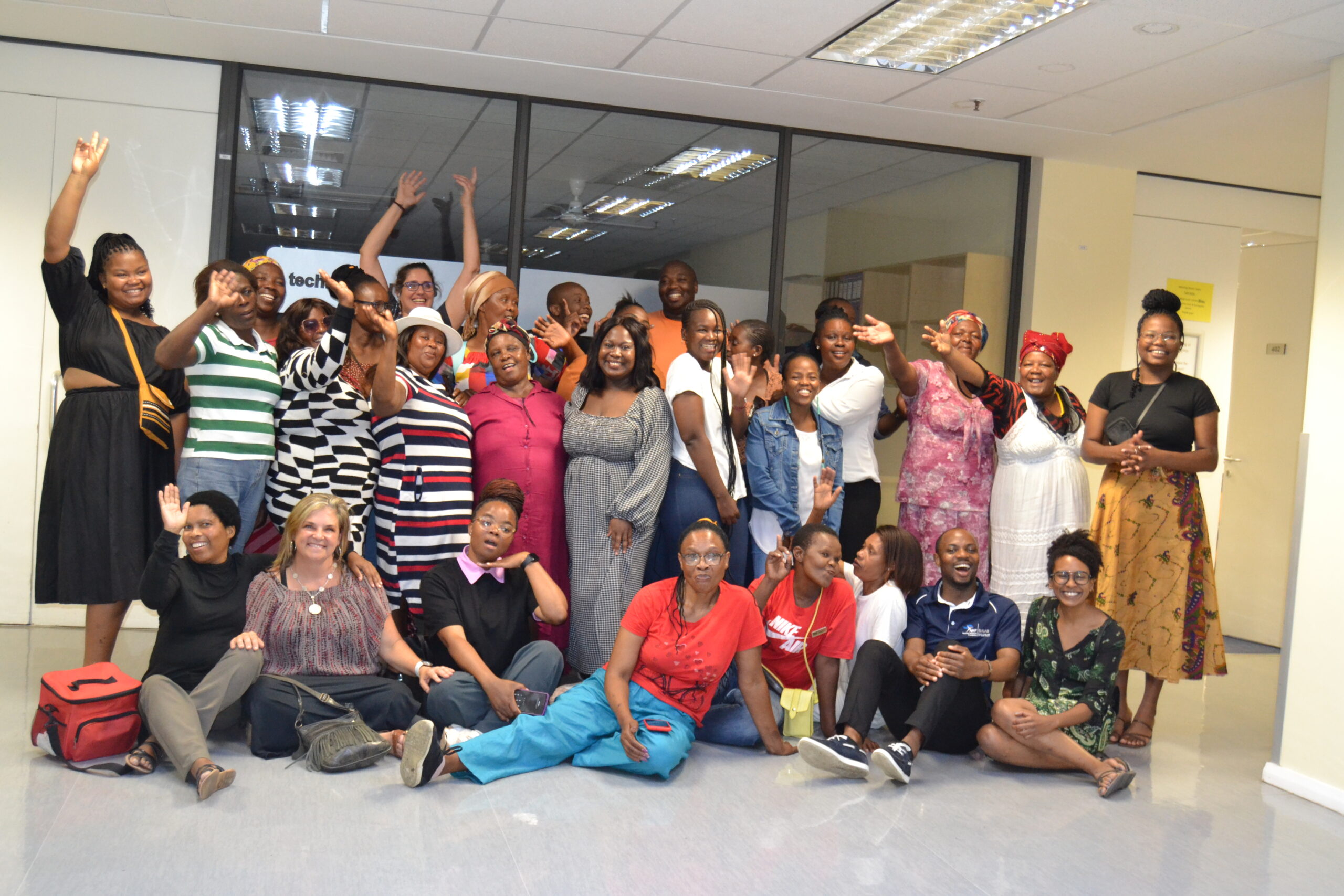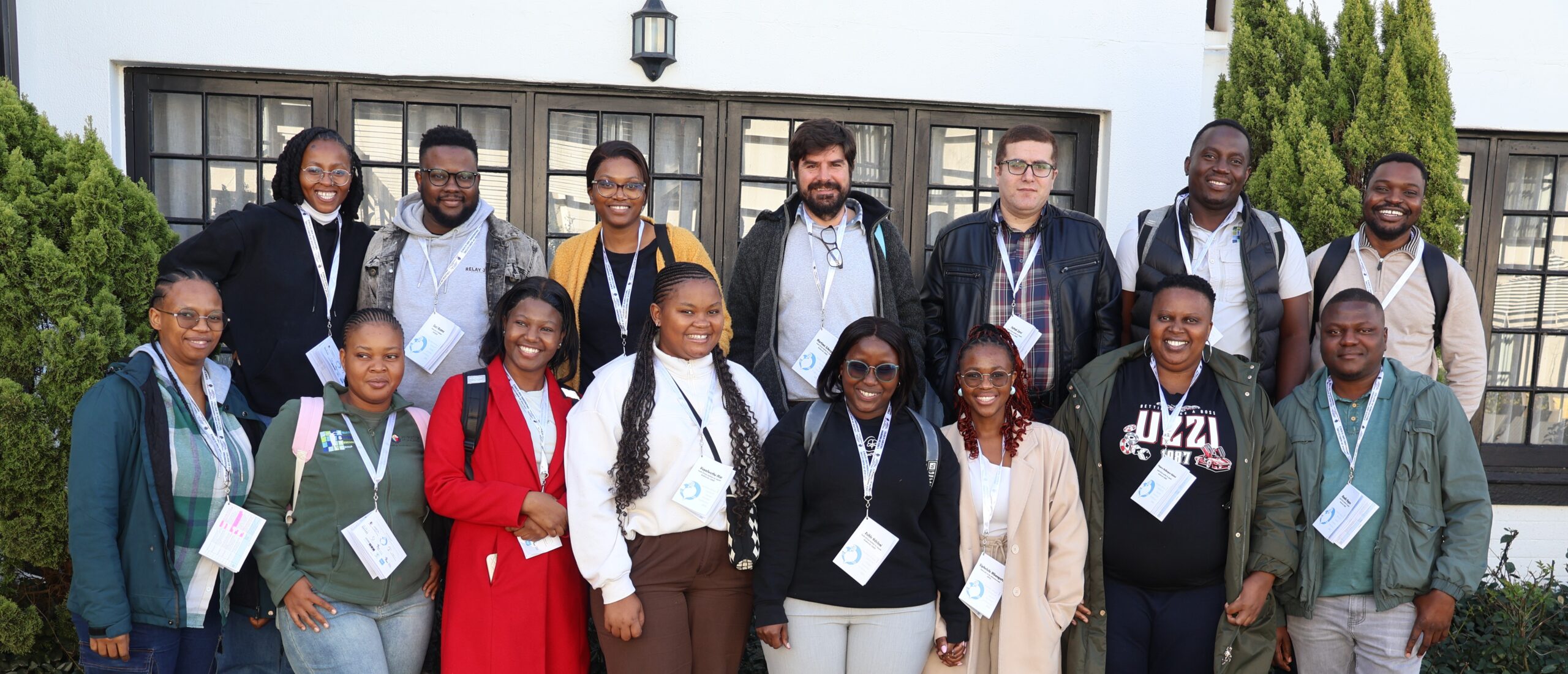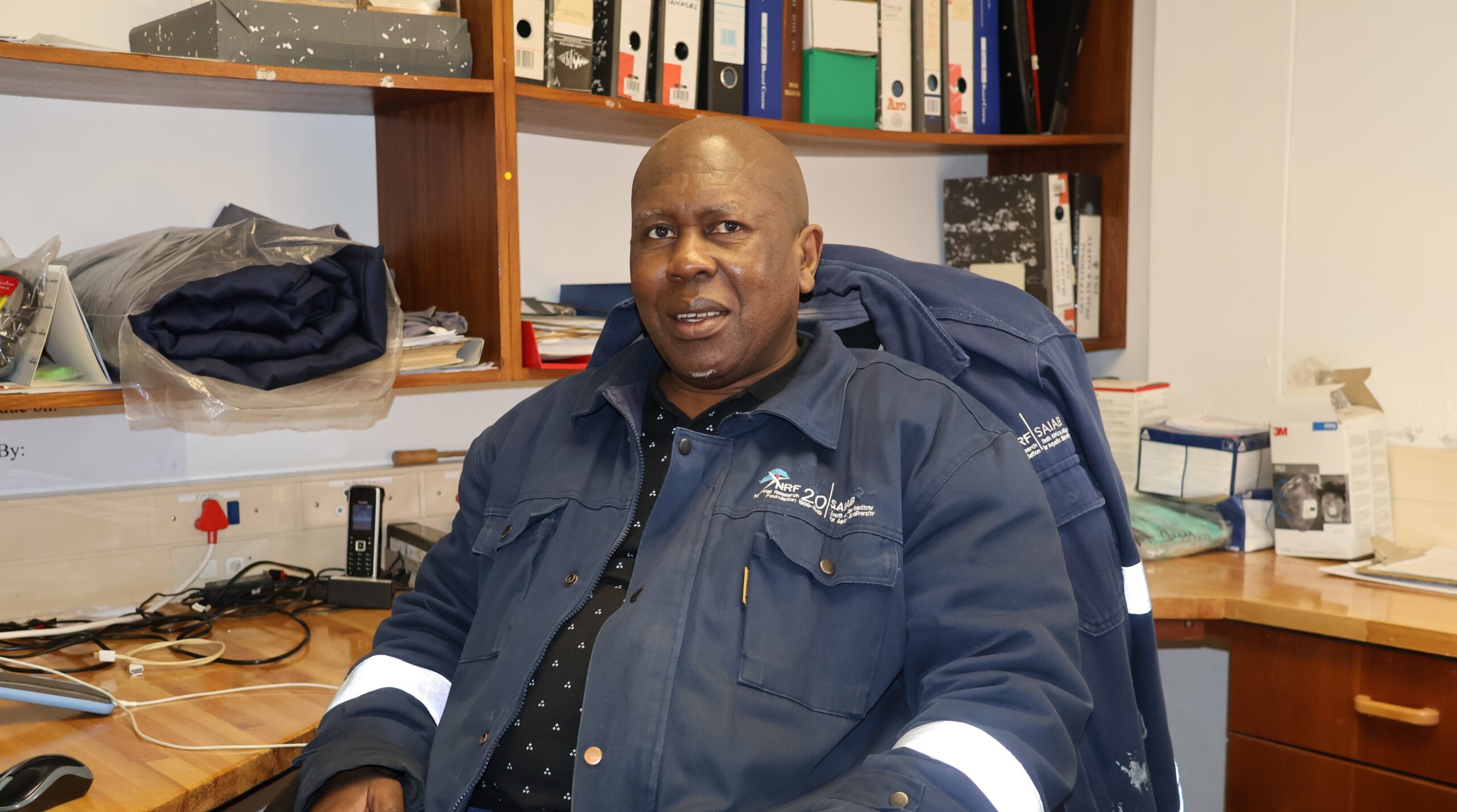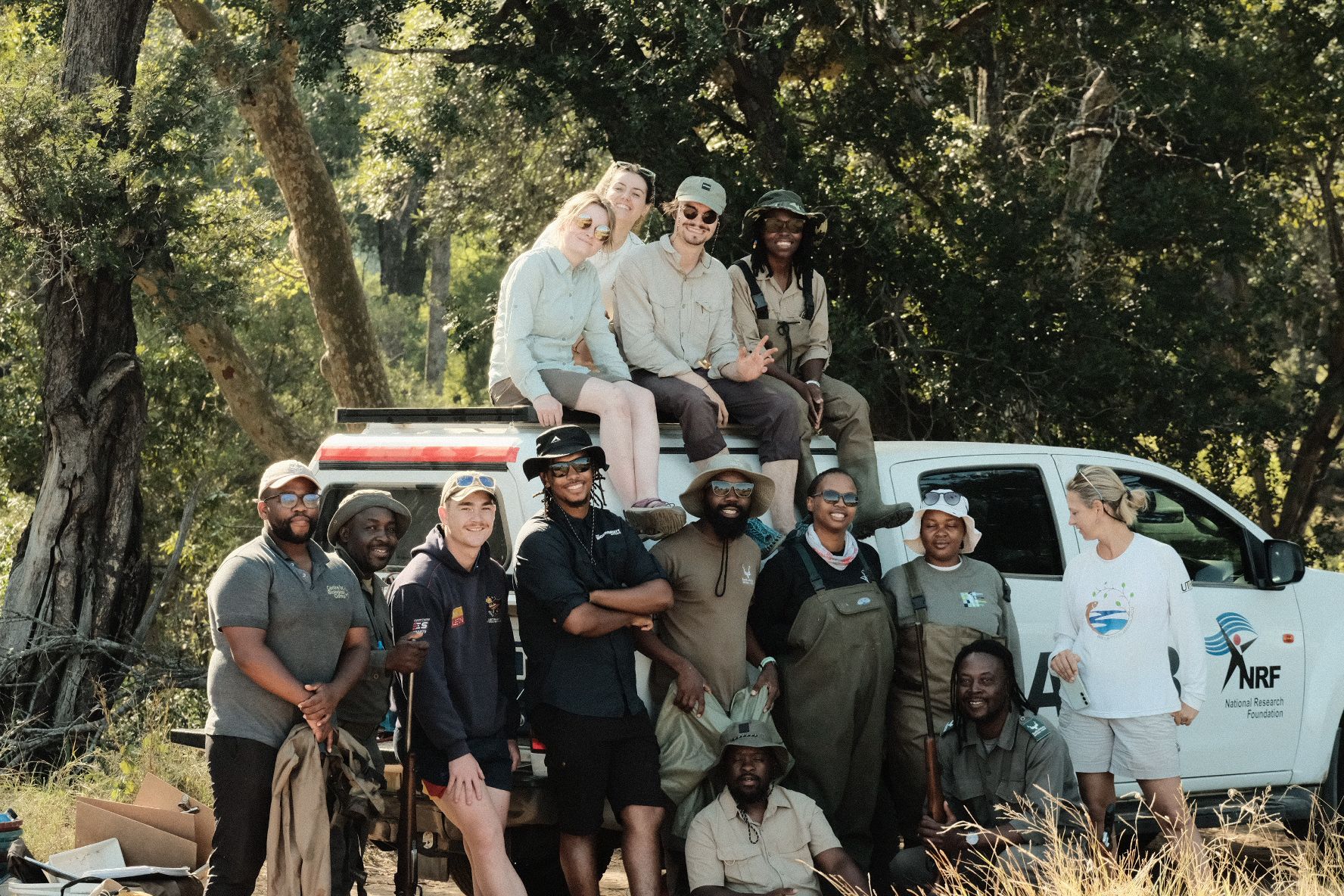– Lucky Dlamini (NRF-SAIAB Communications and Stakeholder Relations Manager)
In a fusion of science and art, the Indigenous Marine Innovations for Sustainable Environments and Economies (IMIsEE) project in South Africa is pioneering novel approaches to address coastal challenges. Drawing from traditional African indigenous wisdom and contemporary expertise, this transdisciplinary initiative aims to rejuvenate South Africa’s coastline sustainably.
The project recently launched an innovative exhibition, titled ‘Harmony of Science and Art – Sound Postcard Exhibition’, on February 14th at the Rhodes University Main Library where it featured as the first presentation of the Rhodes University Digital Humanities Hub (RUHDD). Organised jointly by the Rhodes University Department of Music and Musicology and NRF-SAIAB, the event showcased an innovative blend of science, art and sound.
Central to the exhibition were “sonic postcards” – MP4 files combining soundscapes with visuals. Ranging from one to two minutes, these postcards intricately weave together recorded sounds of the environment, human activity, and narratives. In addition, a sound station offered exhibition goers the opportunity to sit and listen to the bilingual podcast series ‘Songs of the Ocean’ which tells the story of the relationship between the Xhosa people of the Eastern Cape coastline and the ocean. Thandiwe Matyobeni from Rhodes University’s Social Innovation Hub, Kuhle Ngqezana from Rhodes Music Radio (RMR), Praise Mathebula and Vuyelwa Moyo from the Department of Music and Musicology emphasised that these postcards and podcasts serve not only as reflections of the project’s locales, but also as unique tools for storytelling and conservation awareness.
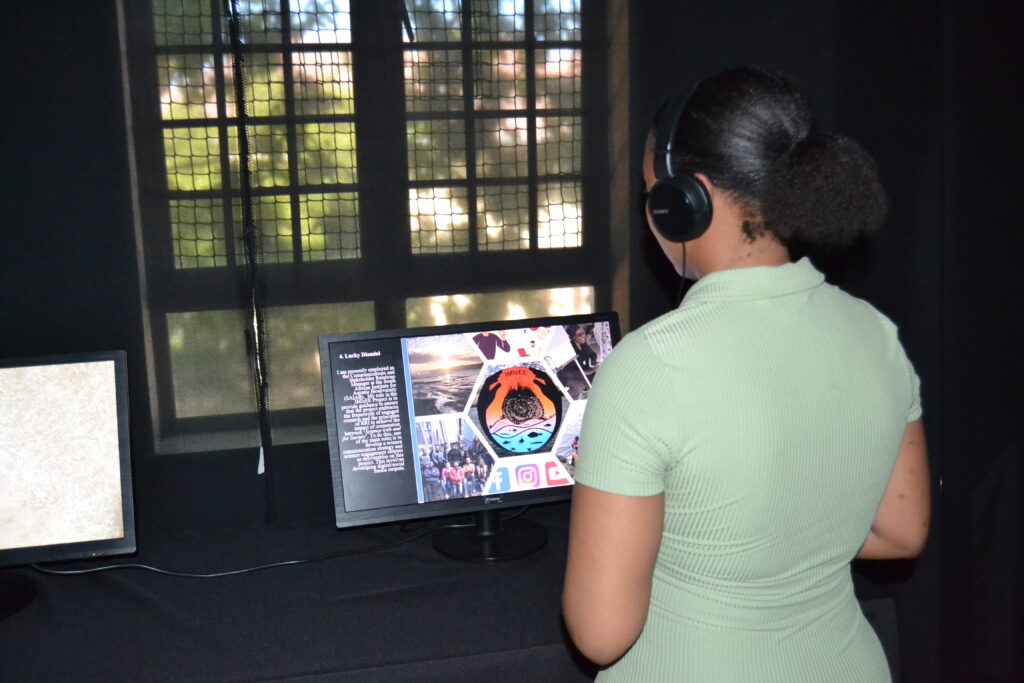
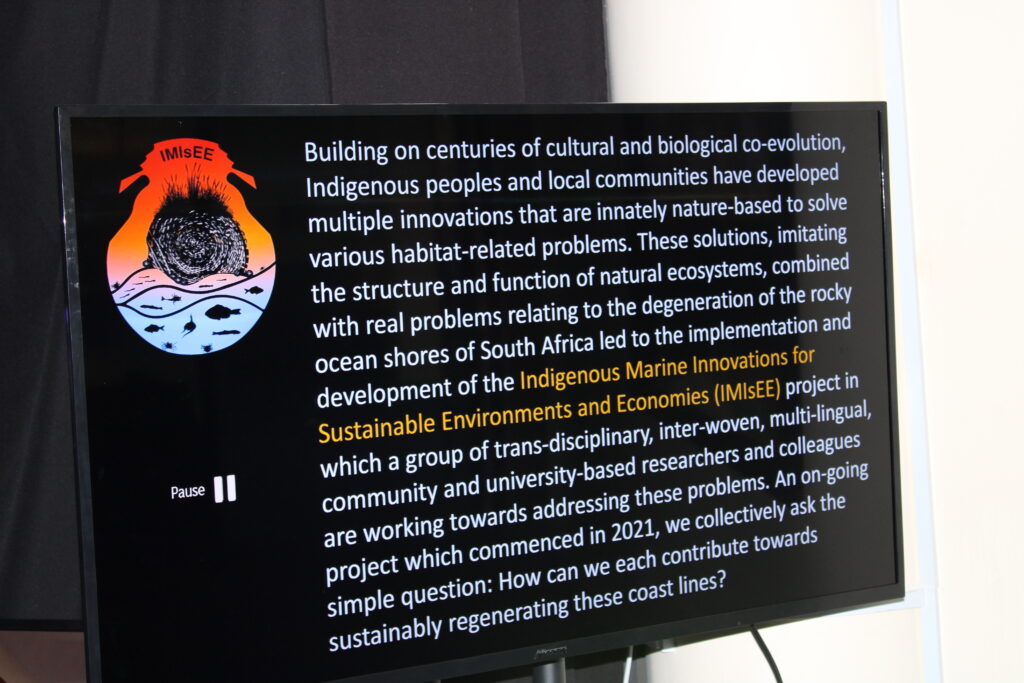
Unique partnerships and integrating Indigenous Knowledge Systems
Doctor Boudina McConnachie, alongside Professor Francesca Porri, spearheaded the exhibition. Prof. Porri, as the principal investigator of the IMIsEE project, emphasised its goal of restoring marine life amidst increasing human-induced pressure on the coast. Collaborations with industry partners such as the Transnet National Port Authority, Port Alfred Marina and Port of St Francis have been crucial for this project’s research endeavours.
The project also integrates African Indigenous Knowledge Systems, with community-based participatory principles driving its direction. Dr. McConnachie’s role focuses on linking science and the arts, employing storytelling and music to bridge traditional and contemporary understandings of coastal ecosystems. Merging the arts, pedagogy and music component of the study will help in linking the science with the environmental Indigenous Knowledge shared by the community through storytelling and music.
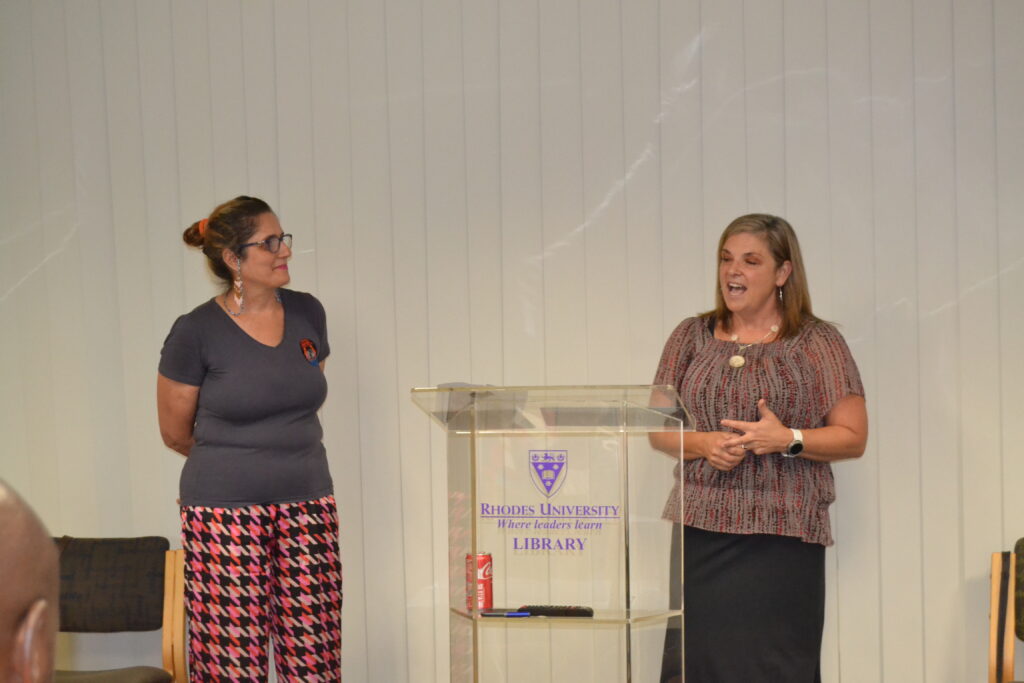
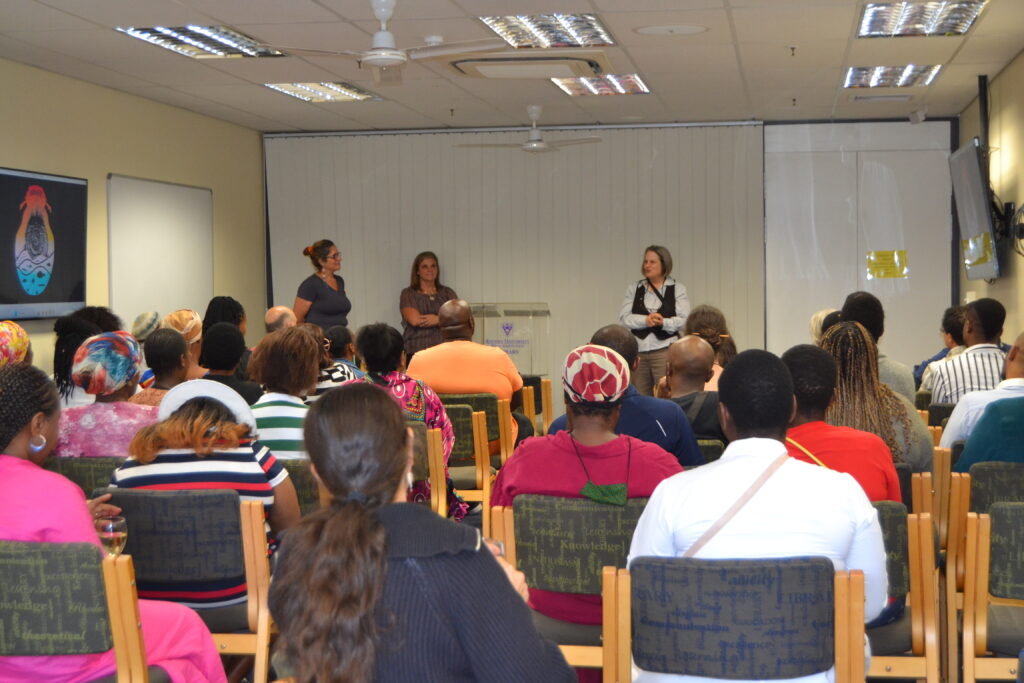
Cultural Contributions
The involvement of community members from the Keiskamma Trust, based in Hamburg, a rural coastal village in the Eastern Cape Province, the second poorest province in South Africa, has been pivotal. Through traditional weaving techniques using Imizi grass, locally grown within the community of Hamburg, these community collaborators, particularly women, contribute to the creation of structures designed to support coastal life in urban coastlines. Veronika Betani, a key contributor, seamstress and lead embroiderer representing the women of Hamburg, highlighted the cultural significance of Imizi. Speaking passionately about Imizi, Betani explained its multifaceted usage within the isiXhosa culture. “Imizi is traditionally used in isiXhosa ceremonies,” she emphasised. “For example, we use it to weave mats, and it holds significant importance during pivotal life events such as the transition to becoming a sangoma or for a newly wedded bride.”
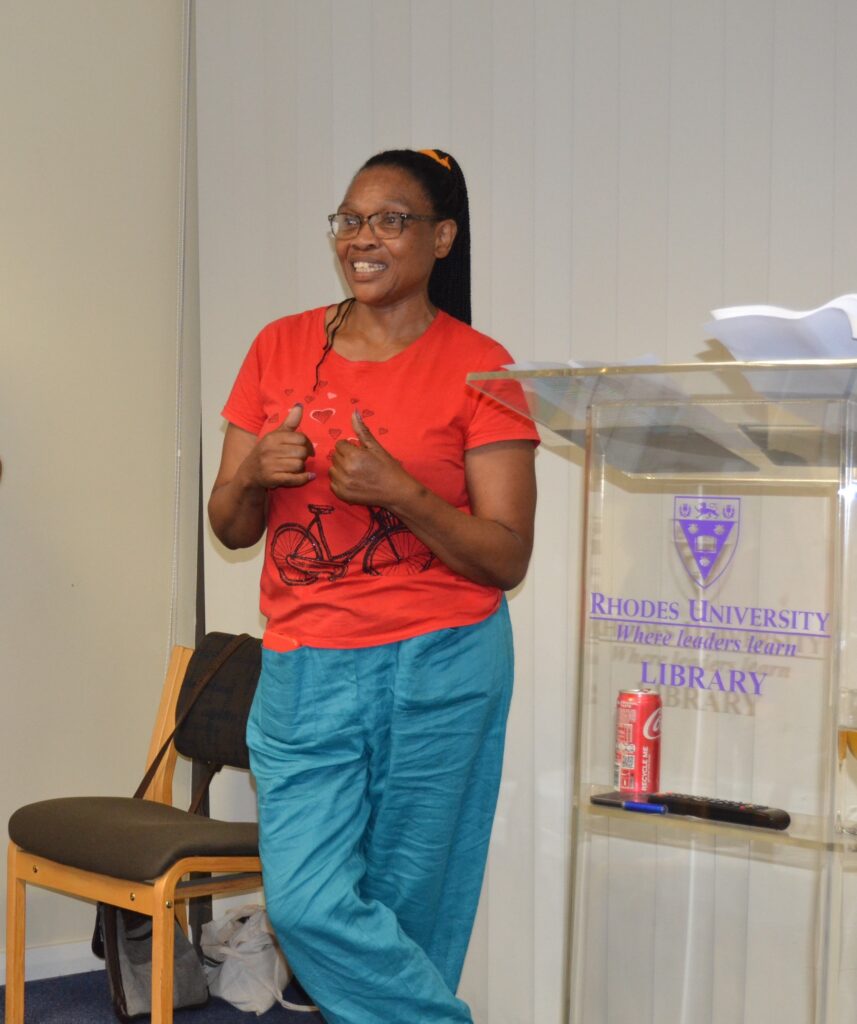
Betani’s insights underscore the deep-rooted connection between Imizi and the preservation of isiXhosa tradition and heritage. As a skilled seamstress and lead embroiderer, she has been instrumental in keeping these cultural practices alive within the Hamburg community and the IMIsEE project has afforded her the opportunity to apply this Indigenous Knowledge to innovatively solve contemporary coastal environmental challenges.
The integration of music into the project has been transformative. McConnachie noted that, “music serves as a conduit for dialogue, enriching the project’s narrative with deep-rooted cultural perspectives.” Through these collaborative efforts, the project aims not only to enhance coastal biodiversity, but also to foster community partnerships and awareness.
Future Prospects
With ongoing research and community-based activities, the IMIsEE project seeks to expand its impact. Anticipated outputs include international presentations, exhibitions, and performances, aiming to amplify its message of sustainability of coastal resources and cultural preservation.
By integrating scientific inquiry with artistic expression, the IMIsEE project exemplifies the power of transdisciplinary collaboration. Through initiatives like the Harmony of Science and Art exhibition, it endeavours to not only address environmental challenges exclusively through science but also to celebrate the rich cultural heritage intertwined with South Africa’s coastal landscapes.
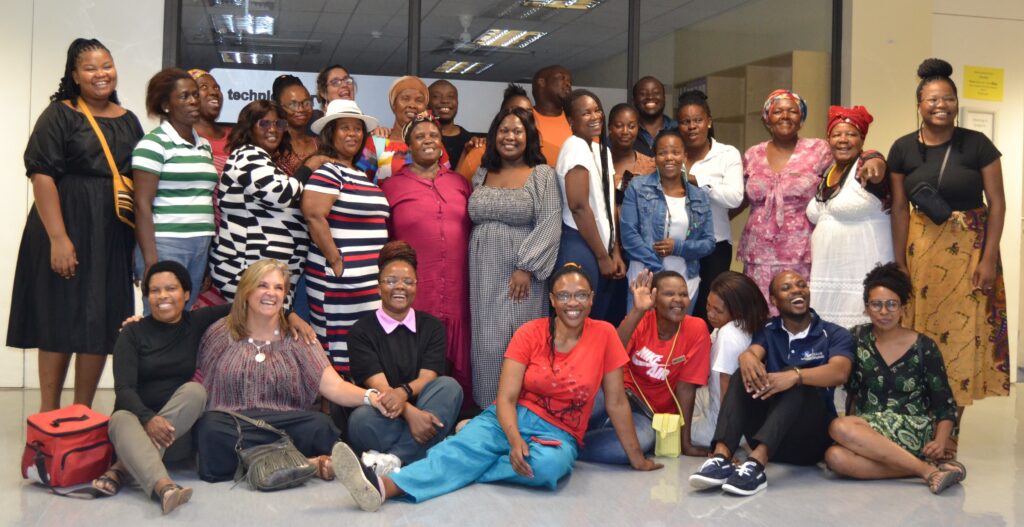
The project is being funded by the National Research Foundation for a three-year period, until 2024, with the potential for an extension based on the outcome of this experimental phase. Funding for the music interventions and the sound exhibition was provided by the Rhodes University Dean’s Discretionary Fund and the Rhodes University Research office. Overall, says Porri, “it is a good example of ‘engaged research’ – a science project working with and for society, developing innovative solutions for the coast through Indigenous Knowledge Systems and advancing the values of co-creation to address relevant societal and environmental problems”.
______________________________________
Francesca Porri
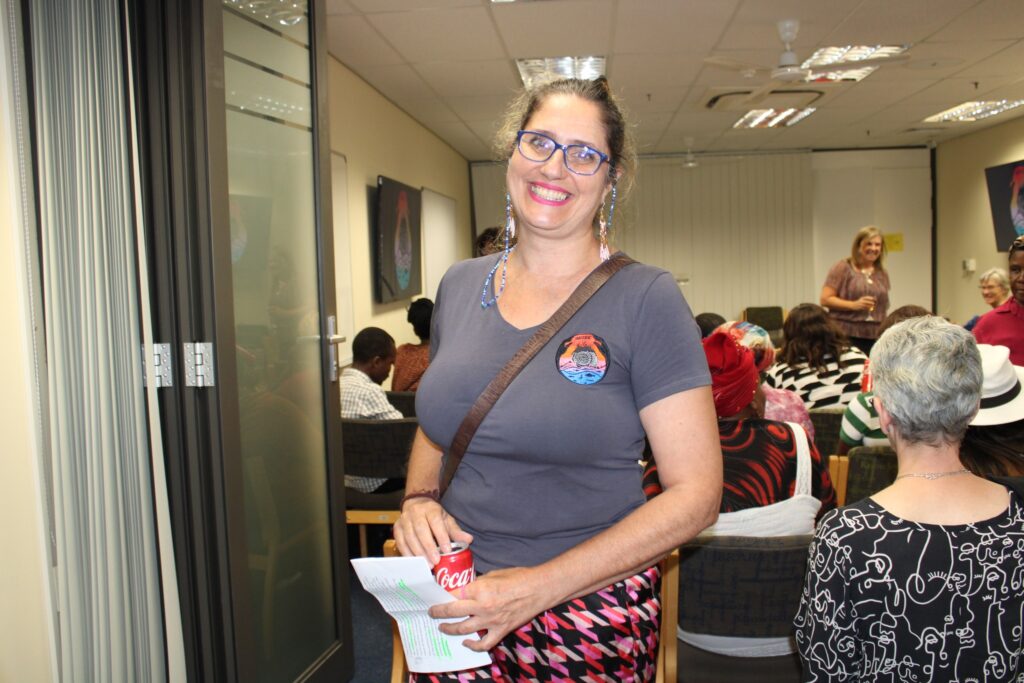
Francesca Porri is a senior scientist at the NRF-South African Institute for Aquatic Biodiversity (NRF-SAIAB) in Makhanda (Grahamstown), South Africa, who specialises in studying the ecology of coastal systems. With a background in marine ecology and experimental design, she specialises in investigating how organisms respond to their environment and by examining the connectivity of coastal populations across various ecosystems, including rocky shores, sandy beaches, estuaries, mangroves as well as urbanised shorelines. Prof. Porri collaborates with postgraduates and other researchers, fostering interdisciplinary and multidisciplinary connections within fields such as oceanography, physiology, ichthyology, genetics, theoretical ecology, indigenous knowledge, modelling, arts, and education.
Boudina McConnachie
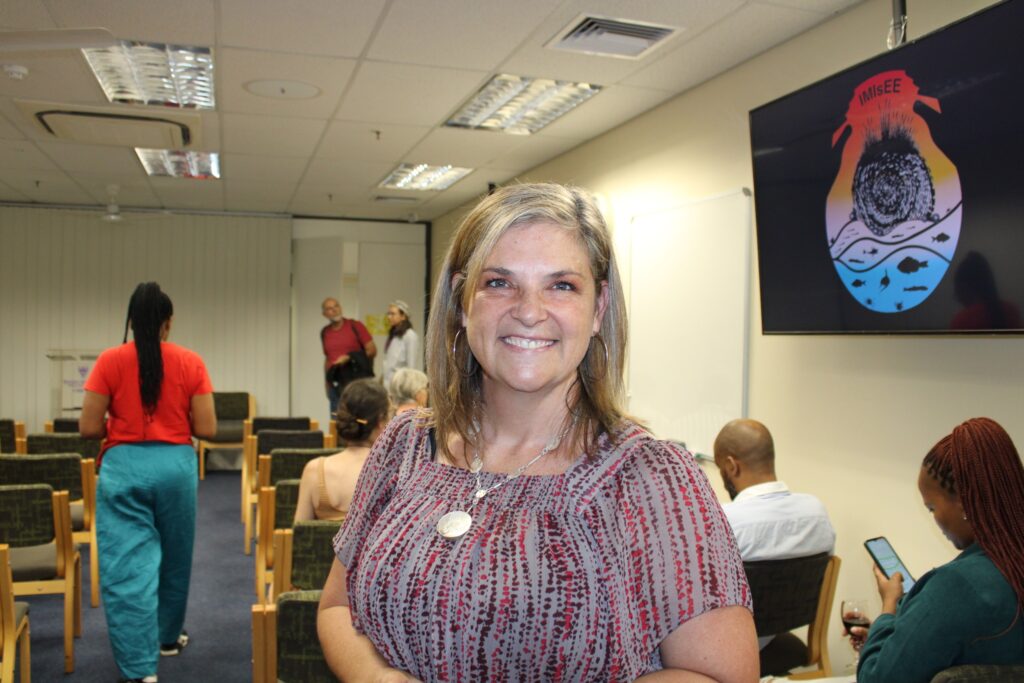
Boudina McConnachie is an African musical arts activist with a particular interest in indigenous musical arts pedagogy and ecomusicology and uses sound as an educational tool. Head of the Department of Music and Musicology at Rhodes University, Dr. McConnachie teaches applied ethnomusicology, research ethics and practical music contextualisation. She coordinates various music education courses through the Rhodes University Education Department and is integrally involved in the teaching and learning programme at the International Library of African Music (ILAM). Dr. McConnachie is part of various transdisciplinary research projects which link pracademics, community researchers and engaged scholars where she focuses on knowledge dissemination via sonic routes.
